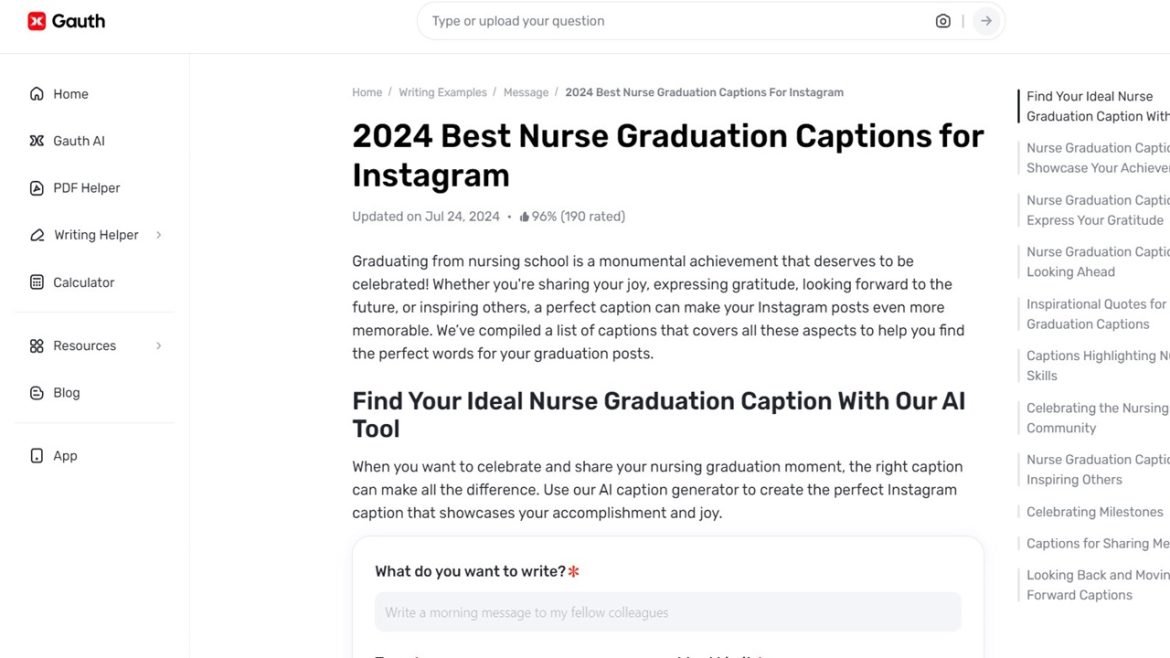Nowadays, the idea of promoting brands and companies using customized products is very in demand. Some businesses promote their vision, logo, slogan, or mottos on a custom t-shirt. These help businesses provide excellent marketing exposure. Purchasing cheap t-shirts in bulk for printing will be quite economical for companies, yet high-quality products are not compromised in seeking popularity among target audiences. This article explores the benefits, tips, and things to consider when ordering inexpensive wholesale t-shirts for printing in bulk.
Why Businesses Prefer Cheap T-Shirts in Bulk for printing
Using custom t-shirts is an effective, efficient, and economical means to market and advertise. Buying them in bulk offers several benefits:
- Cost Savings: Buying large quantities of products from wholesale reduces the overall per-unit cost, this allows the businesses to serve the remaining amount on other expenses.
- Versatility: Allows businesses to add logos, designs, or messages for their own choices.
- Scalability: Whether it is a small startup or a big company, bulk orders ensure there’s always enough shirts.
Key Factors to Consider When Buying Cheap T-Shirts in Bulk for Printing
When buying cheap t-shirts in bulk for printing, consider these important points:
Fabric Quality
Good fabric ensures the prints look great and the shirts feel comfortable. Common choices include:
- Cotton: Soft and breathable, great for screen printing and heat transfers.
- Polyester: Durable and works best for vibrant sublimation printing.
- Blends: A mix of cotton and polyester gives a balance of comfort, durability, and affordability.
If customers value sustainability, consider eco-friendly options like organic cotton or recycled materials.
Sizes and Colors
Offering a wide range of sizes and styles makes cheap t-shirts in bulk for printing more versatile. Common sizes range from XS to XXL, which can be a great fit for most of the people. Styles such as turtleneck, v-neck, and polo t-shirts are commonly in use, especially in white, grey and black colors.
Printing Compatibility
Make sure the t-shirts match the printing method to be used:
- Screen Printing: Best for cotton and blends, with durable results.
- Heat Transfer Vinyl (HTV): Works on most fabrics and is excellent for detailed designs.
- Sublimation: Needs polyester fabrics to give sharp, vibrant prints.
Choosing the right fabric ensures the prints come out exactly as planned.
Reliable Suppliers
A good supplier is crucial for getting quality t-shirts. Look for:
- Positive customer reviews
- Quality guarantees or certifications
- Good communication and reliability
Tips for Maximizing the Value of Cheap T-Shirts in Bulk for Printing
To make the most of the bulk t-shirt purchase, keep these tips in mind:
- Order Samples: Always request samples before committing to a large order. This lets businesses check the fabric quality, fit, and how well they work with the printing method.
- Look for Discounts: Often, the suppliers will give options for a discount when buying a larger quantity.
- Negotiate Terms: Don’t be afraid to ask for better prices, quicker shipping, or extra customization options. A little negotiation can go a long way.
- Plan Ahead: Allow time for production and shipping to ensure to get it precisely when needed.
For example, if a seasonal product is to be released, the early samples provide an opportunity to lock down a discount on the greater order of product, potentially saving headaches and dollars on ensuring great results.
Conclusion
Buying cheap t-shirts in bulk for printing extends excellent opportunities to businesses for saving on the budget aspect, increasing brand awareness of businesses, and catering to the variant customer requirements. Focus on compatibility between t-shirts and means of printing, and make sure that the dealings are made with trusted suppliers. This approach can be applied to effectively grow any business, whether a small startup or a big one, while staying within budget.










